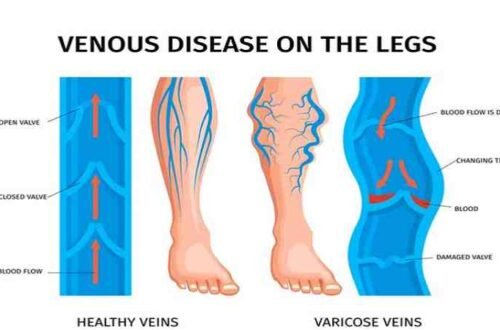Air pollution is a critical environmental challenge that affects millions of people globally, impacting health, ecosystems, and climate. As urban areas continue to expand and industrial activities intensify, the need for effective strategies to reduce air pollution becomes increasingly urgent. Fortunately, innovative technologies and sustainable practices are paving the way for cleaner air and healthier urban environments.
The Impact of Air Pollution on Health and the Environment
Air pollution is primarily caused by the emission of harmful substances such as particulate matter (PM), nitrogen oxides (NOx), sulfur dioxide (SO2), and volatile organic compounds (VOCs). These pollutants are linked to a range of health issues, including respiratory and cardiovascular diseases, and contribute to premature deaths worldwide. Children and the elderly are particularly vulnerable to these adverse health effects.
Environmentally, air pollution contributes to climate change by increasing the concentration of greenhouse gases. It also leads to acid rain, which can damage crops, forests, and aquatic ecosystems. Furthermore, polluted air reduces visibility and can harm wildlife, disrupting ecological balance.
Innovative Solutions to Combat Air Pollution
Smart City Technologies
Smart city technologies are at the forefront of modern efforts to tackle air pollution, including custom filtration system. These technologies consist of sensors and data analytics tools that monitor air quality in real time. By collecting and analyzing data, cities can identify pollution sources and patterns, enabling targeted interventions. For example, smart traffic management systems can optimize traffic flow, reduce vehicle emissions, and improve air quality.
Renewable Energy Adoption
Many countries are investing in renewable energy infrastructure to decrease reliance on coal and oil. Germany, for instance, has made significant strides in incorporating renewable energy into its national grid, resulting in cleaner air and reduced carbon emissions.
Green Infrastructure
Incorporating green infrastructure into urban planning can significantly improve air quality. Trees and plants naturally filter pollutants from the air, while also providing oxygen. Urban green spaces, such as parks and green roofs, not only enhance air quality but also offer recreational areas and reduce urban heat. Cities like Singapore have embraced greening initiatives, creating a more sustainable and livable environment for their residents.
Electric Vehicles and Public Transport
The transportation sector is a major contributor to air pollution, but innovative solutions are transforming this landscape. Electric vehicles (EVs) produce zero tailpipe emissions, making them a cleaner alternative to conventional cars. Governments are promoting EV adoption through subsidies, tax incentives, and by expanding charging infrastructure.
Moreover, investing in public transportation systems reduces the number of private vehicles on the road, thus decreasing overall emissions. Cities like Amsterdam and Copenhagen have prioritized cycling and public transport, leading to cleaner air and more sustainable urban mobility.
Successful Initiatives and Global Impact
Several cities have launched successful initiatives to combat air pollution with measurable results. For instance, London’s Ultra Low Emission Zone (ULEZ) charges high-emission vehicles to enter central areas, which has led to a significant reduction in air pollution. Similarly, California’s stringent vehicle emissions standards have set a precedent for environmental regulation, promoting cleaner air across the state.
These initiatives demonstrate that with the right policies and technologies, significant progress can be made in reducing air pollution. Collaboration between governments, industries, and communities is essential to implement these strategies effectively.
The Importance of Sustainable Urban Development
Implementing innovative strategies to reduce air pollution is crucial for sustainable urban development. Clean air is not only a public health priority but also a key factor in enhancing the quality of life in urban areas. By adopting smart technologies, renewable energy, and green infrastructure, cities can create healthier environments and mitigate the impacts of climate change. Incorporating efficient logistics practices, such as optimizing Pallet Shipping Cost, can contribute to reducing emissions and promoting sustainable transport solutions.
Conclusion
While the challenge of air pollution is significant, the solutions are within reach. By embracing innovation and sustainability, we can build urban environments that support healthy living and preserve the planet for future generations. Through concerted efforts and global cooperation, we can turn the vision of clean air into reality.





